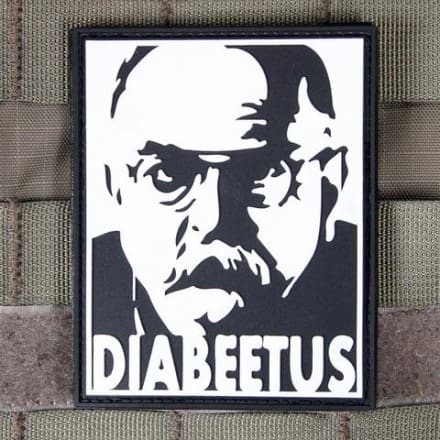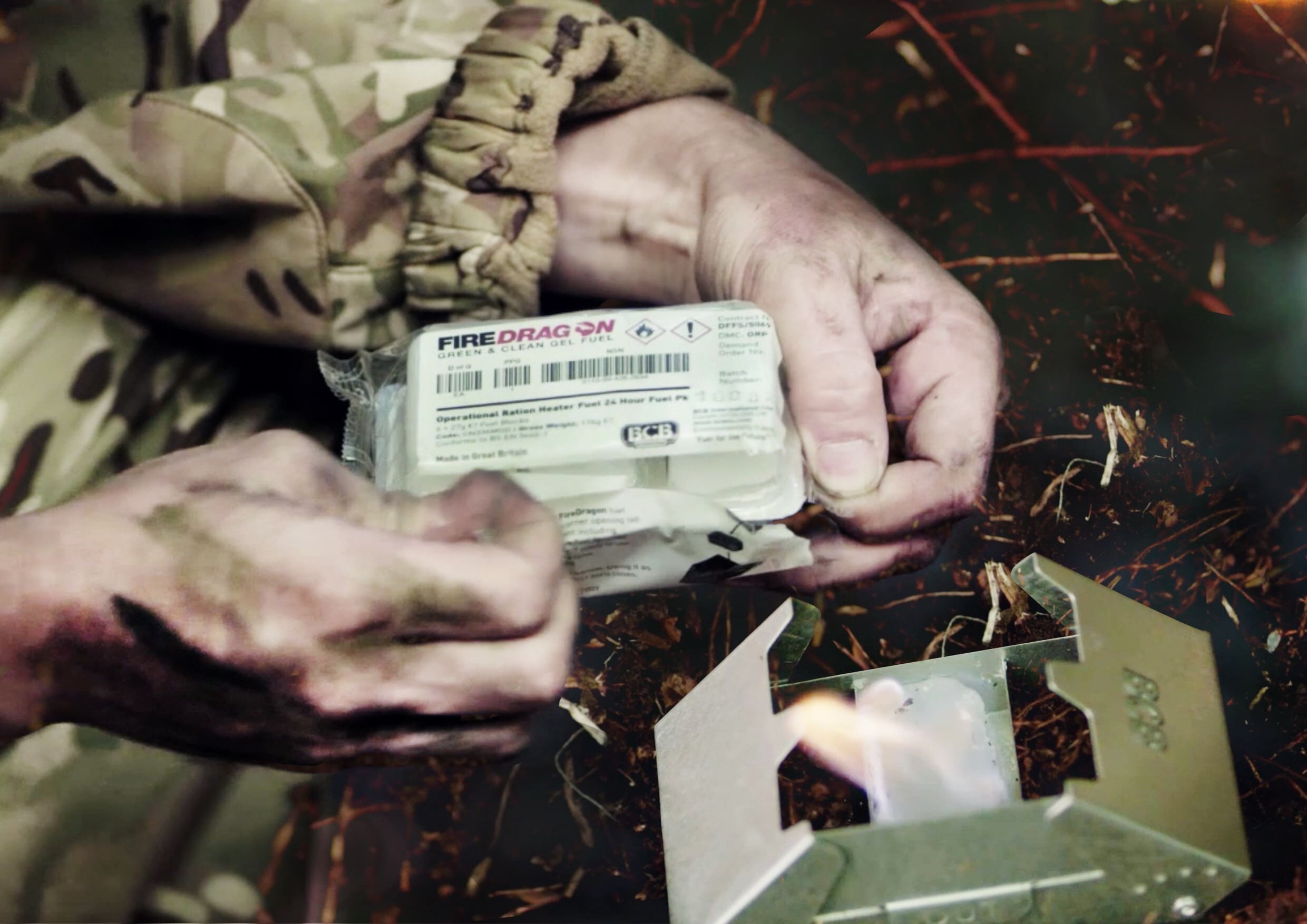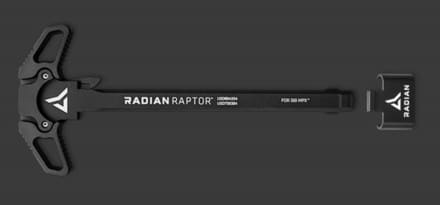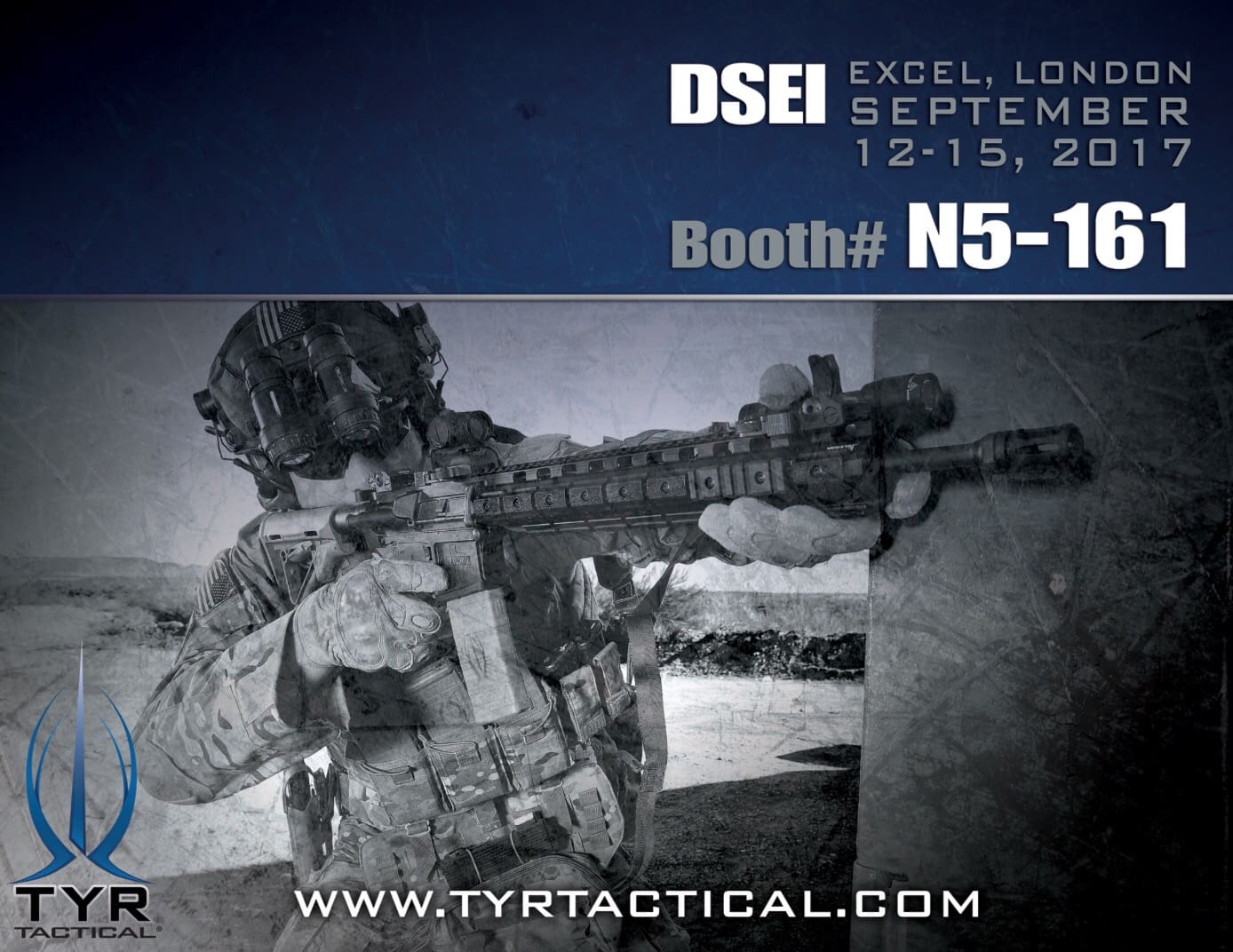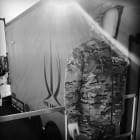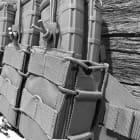I have a lot of Vietnam era Special Forces (SF) friends. Their generation trained and mentored me and I owe them all a great deal both professionally and personally. They all volunteered to be SF eventually but many were initially drafted into the Army. I will be at Fort Campbell later this month for a couple of days during the 5th Group reunion and I look forward to seeing a good number of them there. I likewise intend to interact with as many of the current members of the Group still in the fight as possible. I also have a Nephew who just signed up for the Ranger Regiment option who will be starting Infantry OSUT at Fort Benning next month. I immediately recommended that he read Starship Troopers. In that classic book, Heinlein was able to capture the quintessential rationale for voluntary military service and martial civic virtue. After reading the book he solicited my opinion on conscription vs volunteerism. Coincidentally, the U.S. Army in Vietnam specifically had been something that I had spent considerable time on in my most recent Military History seminar. I am not a veteran of that war but with complete respect for my friends that served there I offer this as my professional answer to my Nephew’s question.
Despite an almost unbroken string of tactical victories, the war in Vietnam obviously did not end successfully from our perspective. And today, despite a similar impressive series of tactical victories, the final outcome of GWOT is still very much in doubt. But that does not have anything to do with who did or did not serve or fight those battles. The U.S. Military has used a number of methods to fill the ranks in peace and war. A small “professional” volunteer army supplemented by mobilized volunteer militia forces and short-term recruits was the standard for most of our history. More formalized systems of conscription were established and routinely used from the Civil War onward but only during times of conflict until after WWII. But the fact is that the country has always struggled historically to get enough manpower to meet wartime needs. So conscription was inevitably used in every war in our history until quite recently. And just as inevitably that draft was hated and in as much as possible shirked by those that could. Up to and including the Vietnam War.
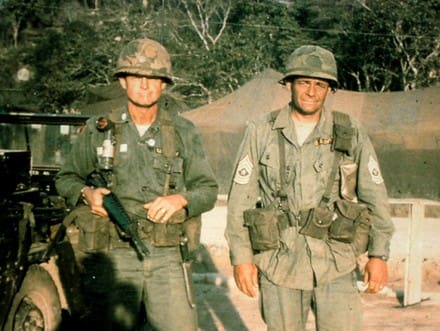
*The picture is from the book We Were soldiers Once…and Young of then LTC Hal Moore and SGM Basil Plumley. It was taken shortly after their battalion returned to base camp after the fight in the Ia Drang Valley at LZ X-Ray, November 1965. These are the kind of men I think of when I talk with appropriate reverence about long-service volunteer Regulars.
The key to the institutional continuity and ultimately the battlefield success or failure of the Army has always traditionally been the long-service volunteer “Regular.” During the period of 1865-1898 those stalwart and unsung heroes – volunteers all – kept the professional faith during a time of not-so-benign public neglect. Again in 1920-1940 another generation did the same thing for a nation that was not as appreciative of the sacrifices involved as it perhaps should have been. WWII was a watershed and unique event for volunteerism and conscription in U.S. history. It was a “good war” and millions volunteered to serve throughout the conflict. The government generally used the selective service system as a means to meter the flow of manpower into the training bases of the individual services. The system was for once not seen as coercive or onerous and was accepted as a wartime necessity. However, the peacetime draft after WWII was only grudging accepted and was increasingly seen as unfair even long before Vietnam heated up.
American military history provides plenty of evidence that introducing untrained or poorly trained troops onto the battlefield is always ill advised. It does not matter if these inadequately prepared novices are volunteers, conscripts or mobilized militia. In most cases in WWII the recruits, regardless of how they were assessed into service, were formed into units after initial training and had the opportunity to develop at least some critical unit cohesion prior to deploying overseas. The fairly typical story of the “Band of Brothers” that Steven Ambrose wrote of is one good example. Those soldiers had been training together for two years with the same small unit leaders before they jumped into Normandy in 1944. Because of that pre-established unit cohesion they were also able to successfully integrate the individual replacements that came later and collectively endure the hardships of Bastogne.
Combat is not an individual sport! Army leadership manuals for decades have highlighted the fact that soldiers perform better and are more prepared psychologically if they have had the chance to bond with their teammates and their leaders before facing their first battle. It is safe to argue that unit cohesion and teambuilding are immensely more important than whether the soldier was originally a volunteer or conscript. Historically, Vietnam was the first and probably the last and only truly “long war” that we as a nation have fought with conscripts. But at the start of the war that was not the significant problem that it would be by the end. When Hal Moore deployed his battalion – as a unit – to Vietnam in 1965 they had been training together for months much like the units of WWII. The men trusted their leaders and the leaders knew and trusted their men. Unit cohesion had been established stateside and individually and collectively Moore’s unit displayed and maintained the highest level of professional acumen throughout their combat tour.
It is clearly evident in hindsight that the Army in particular struggled in Vietnam not just because of conscription itself but also because of a number of other inter-related and truly counter-productive personnel management policy decisions. First, the Army established a totally individual replacement model in country. Units remained in place on paper but were continuously receiving new personnel including leaders. In the course of twelve months the turnover would be close to 100%. In other words the units were continuously taking 8-10% “casualties” every month before they even encountered the enemy. These new replacements would literally join their units in the field and be in combat essentially with strangers sometimes within hours. It should be no surprise that unit cohesion began to degrade more and more over time and minimum professional standards and even basic discipline declined even more precipitously.
That methodology meant an even more dysfunctional transition for leaders. New lieutenants and captains might not even have a chance to learn their NCOs names and faces before they were expected to lead those men in a firefight. Trust and confidence between leaders and led suffered from this lack of opportunity to at least attain some level of professional familiarity ahead of time. The Army also began to rely more and more on “shake and bake” NCOs that were hastily trained and promoted but did not have the requisite experience to be truly effective small unit leaders. The traditional glue that holds units together in combat, those long-service Regulars, became more and more rare as the war dragged on. To make matters worse, the Army decided to have a 6-month rotation policy for officers. After half a year in the field the officers would be moved to a staff position on one of the relatively safer bases. This policy served to widen the distrust between the officers and the men and helped to further damage the already shaky cohesion of many American units.
The result was an Army that came out of Vietnam stigmatized with rampant drug use, alcoholism, indiscipline and racial violence. That is the battered but not beaten Army I joined in 1975. The Army’s own personnel policies in conjunction with what was perceived as a coercive and unjust draft had exacerbated rather than ameliorated all of those predictable internal cultural problems. Had the same misguided policies been applied to a volunteer army at war the outcome might not have been much different. Fortunately the Army does sometimes learn from its mistakes. The individual replacement concept for combat was completely discredited and is no longer used. Unit deployments including combat rotations have become the norm in any locations where the Army is not permanently stationed like Germany or Korea. The GWOT has likewise been a long war and it has no doubt strained and bruised the volunteer U.S. military. But because of the kinds of personnel management reforms mentioned above it has NOT had the same debilitating effect on unit cohesion and combat effectiveness that the war in Vietnam had on that Army.
Moreover, it is unlikely that we will use large scale conscription again to fill the ranks any time in the foreseeable future. For one thing the realistic requirements of the services are actually quite small as compared to the eligible cohort of the population available. We just do not need the masses of soldiers in the information age that we did in the industrial age. That means that any draft – no matter how fairly administered – would by necessity be limited and therefore inequitable in practice. From the military’s point of view – if a draft became necessary again – we would always want the “best and brightest” possible. But that too would be unfair because no matter how they were selected the draftees would be shouldering the entire burden of service and the majority of the population would be effectively exempt. As a side note, there is still some professional discussion of the possibility of a “targeted draft” for certain specialized skills that might not be inclined to enlist voluntarily – computer hackers for example.
Finally, as a practical matter a 2-year enlistment – whether draft or volunteer – is no longer viable. It takes a year or more to prepare even entry level personnel for the (relatively) lowest tech military jobs available today. The Air Force actually learned this lesson right after WWII and paid bonuses and improved quality of life specifically to keep maintainers and pilots in service as long as possible to recoup the significant initial training investment. The Strategic Air Command (SAC) would not have been able to keep their nuclear bombers ready to fly at a moment’s notice without that professional continuity. The Navy did the same with their nuclear ship programs. Short term personnel with the resulting high turnover tempo were not suitable for keeping nuclear missile subs or aircraft carriers and air wings at a constant high state of readiness and continuous deployment. Even as early as Vietnam the ground combat services were beginning to recognize the need for longer term recruits. If the draft had not ended I suspect the services would still have gone back to Congress and asked to extend the term of service for draftees from 2 to 3 and perhaps even 4 years. When I enlisted, 3 years was the shortest option offered – and that was for infantry! For more technical fields the minimum was 4 years. Bottom line, a recruitment program that relies on volunteers is more suitable to fill and sustain the military’s modern manpower needs. For now it appears that sufficient numbers of those essential long-service volunteer Regulars are choosing to stay in. And despite all the other challenges, that bodes well for the future of the Army, the other services and our Nation.



